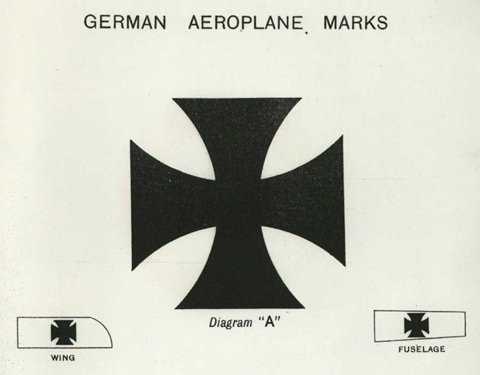Fear, uncertainty, doubt — II
This is from a document issued by the Air Council in October 1918, ‘Identification marks on all aircraft’, FS Publication 89. I think it’s available from the National Archives in London as AIR 10/128 and AIR 10/129, but I found it in the National Archives of Australia as NAA: A1194, 19.03/6255, and because I paid […]





